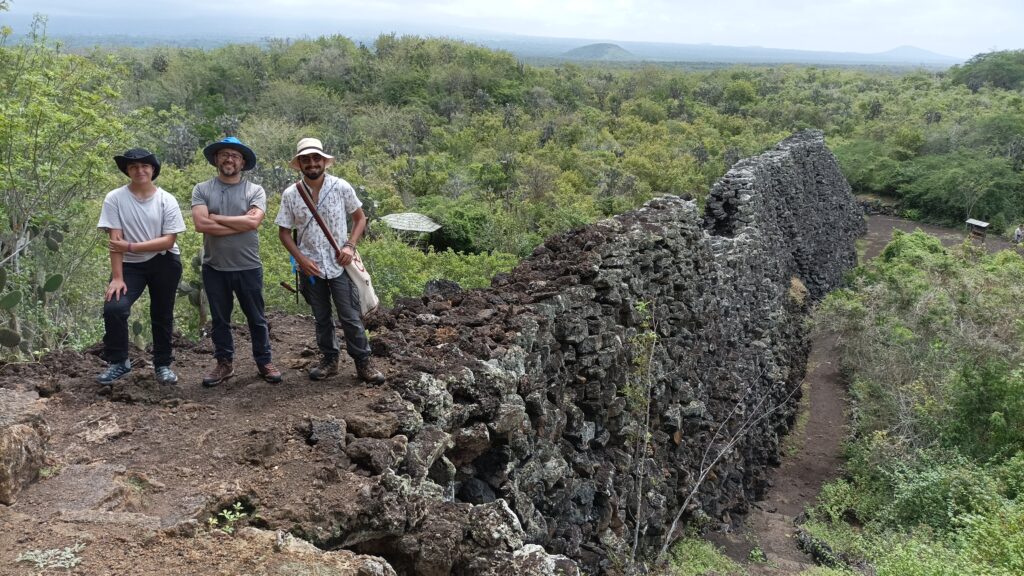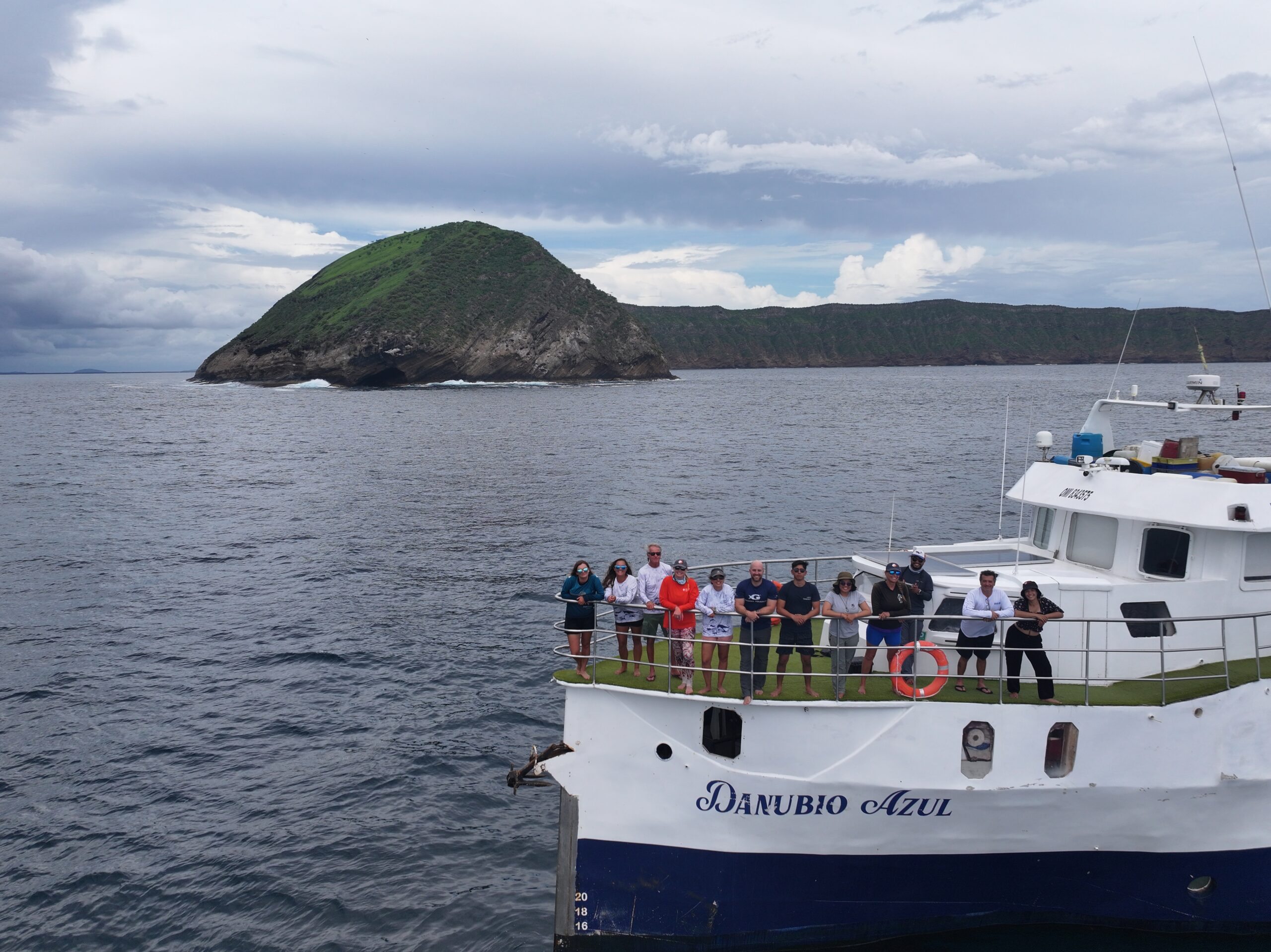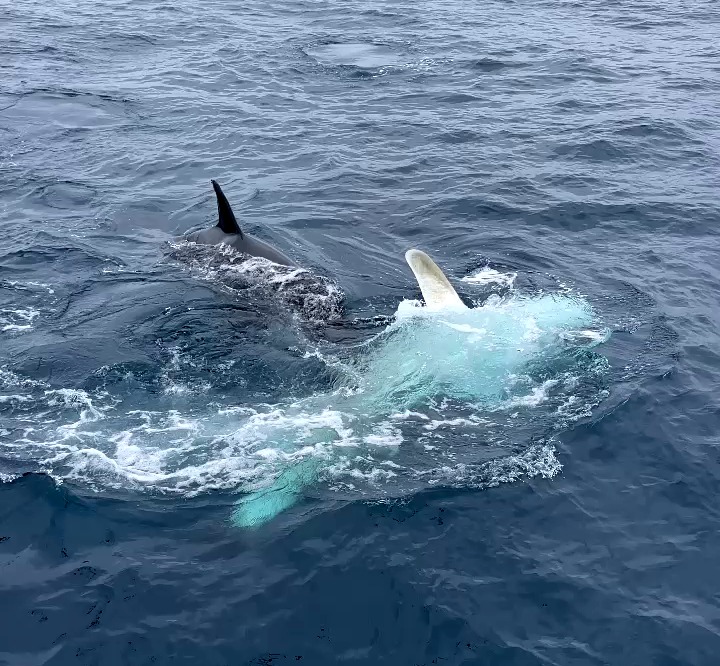This article explores the transformation of former prison islands in Latin America—specifically Isabela (Galápagos), Coiba (Panama), and Gorgona (Colombia)—into nature-based ecotourism destinations. Originally used for exiling criminals, political prisoners, and other marginalized individuals, these isolated islands were chosen for their remote locations and difficult conditions, which made them suitable sites for confinement. However, as these prisons closed, new conservation and ecotourism initiatives developed, focusing on the islands’ natural beauty and biodiversity.
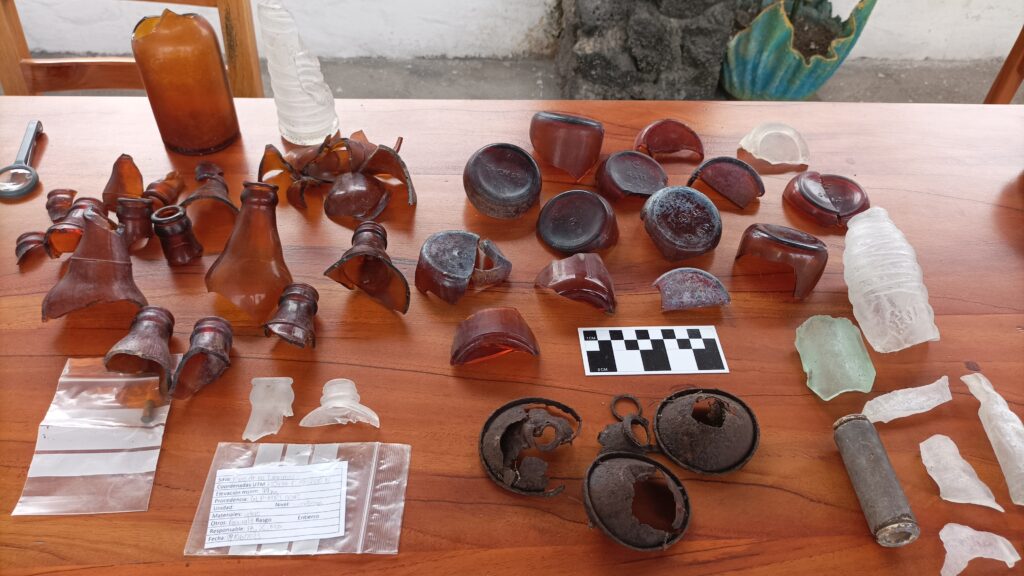
The study examines how these islands’ dark histories as penal colonies are often overshadowed by their portrayal as pristine natural destinations. Each island presents a unique balance between preserving cultural and natural history. For example, while Isabela’s “Wall of Tears” symbolizes its penal past, tourism mainly promotes its wildlife. On Coiba, the natural environment and minimal interpretive materials emphasize its ecological rather than penal heritage. Gorgona integrates some historical narrative through exhibits but still focuses on ecotourism.
The paper highlights the role of archaeology in uncovering and preserving the islands’ historical layers. By documenting the remains of prison structures and personal artifacts, archaeologists contribute to a broader understanding of these sites’ complex histories. Future research could further explore how carceral heritage can coexist with ecotourism, possibly enhancing educational tourism that respects both human and environmental narratives.
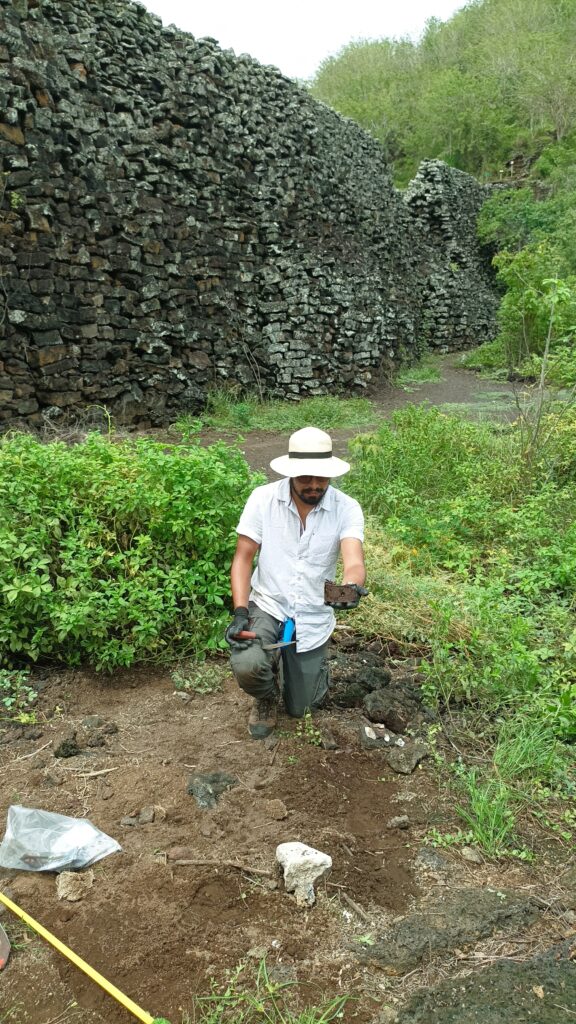
In conclusion, the authors advocate for a tourism model that acknowledges these islands’ violent pasts without erasing them, suggesting that ecotourism can be a platform for restorative justice. Integrating darker aspects of history may lead to a more holistic and meaningful visitor experience that respects the complexities of these unique places.
Read the full paper in the following link
https://www.tandfonline.com/doi/full/10.1080/13505033.2024.2409132

